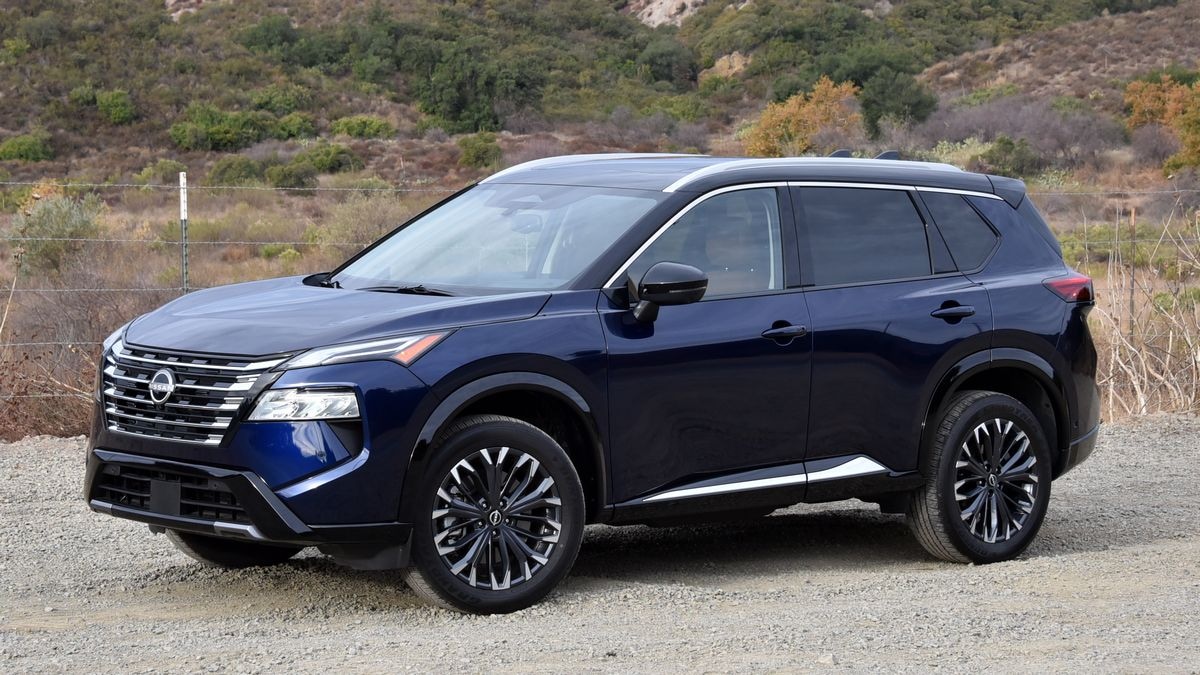
Automakers proceed to shift manufacturing plans in response to aggressive new automobile tariffs. However they’re working up towards the boundaries of an trade that makes long-term plans and might’t change them rapidly.
Nissan Spins Up Rogue Manufacturing
Trade publication Automotive Information studies, “Nissan will increase U.S. manufacturing of its best-selling Rogue crossover by greater than half in response to the Trump administration’s tariffs on imported automobiles.”
AN reporters cite a memo despatched to suppliers, saying the corporate will add capability at an underutilized plant in Smyrna, Tennessee. Nissan will velocity up that plant and sluggish one in Kyushu, Japan.
Stellantis Dials Down Jeep Plant
Stellantis, in the meantime, seems to be shifting some manufacturing exterior the U.S.
Crain’s Detroit Enterprise studies that the Jeep and Ram dad or mum firm has slowed exercise at a Warren, Michigan, plant used to construct Jeep Wagoneer and Grand Wagoneer SUVs. The corporate now “expects to churn out simply fewer than 46,000 items this 12 months on the 3.3 million-square-foot plant on the Warren-Detroit border.” That’s about half of final 12 months’s complete.
In the meantime, the corporate has expanded a plant in Saltillo, Mexico, to construct extra Ram 1500 pickups. Ram vehicles produced in Mexico could possibly be topic to tariffs on automobile components anticipated to start subsequent week, however a persistent trade rumor says the White Home could delay these, or exempt components made in Mexico and Canada.
Advanced Calculations
The adjustments illustrate that shifting automotive manufacturing again to the U.S. is not going to be a easy matter.
In a separate report, AN explains, “Most automakers both can’t shift abroad manufacturing to their emptiest U.S. crops because of low demand or as a result of they have already got undisclosed plans so as to add next-generation automobiles there within the coming years. Upending these future product cycles to accommodate an present imported mannequin as an alternative could be expensive.”
Automakers design vehicles on cycles so long as 10 years, and enter into provider agreements for that very same interval. Constructing a brand new manufacturing unit can take years, and automakers should calculate the prices over many years. With every presidential administration lasting simply 4 to eight years, they will’t pivot in time to fulfill a president.
Even shifting manufacturing to an underutilized manufacturing unit is complicated, AN explains.
“Most meeting websites can also’t be simply tooled to construct automobiles of various sizes or powertrains, which drastically limits the areas the place fashions assembled in Mexico, Canada, or elsewhere could possibly be moved. Even when there’s a logical touchdown spot, suppliers doubtless can’t pivot rapidly sufficient to supply the required components.”